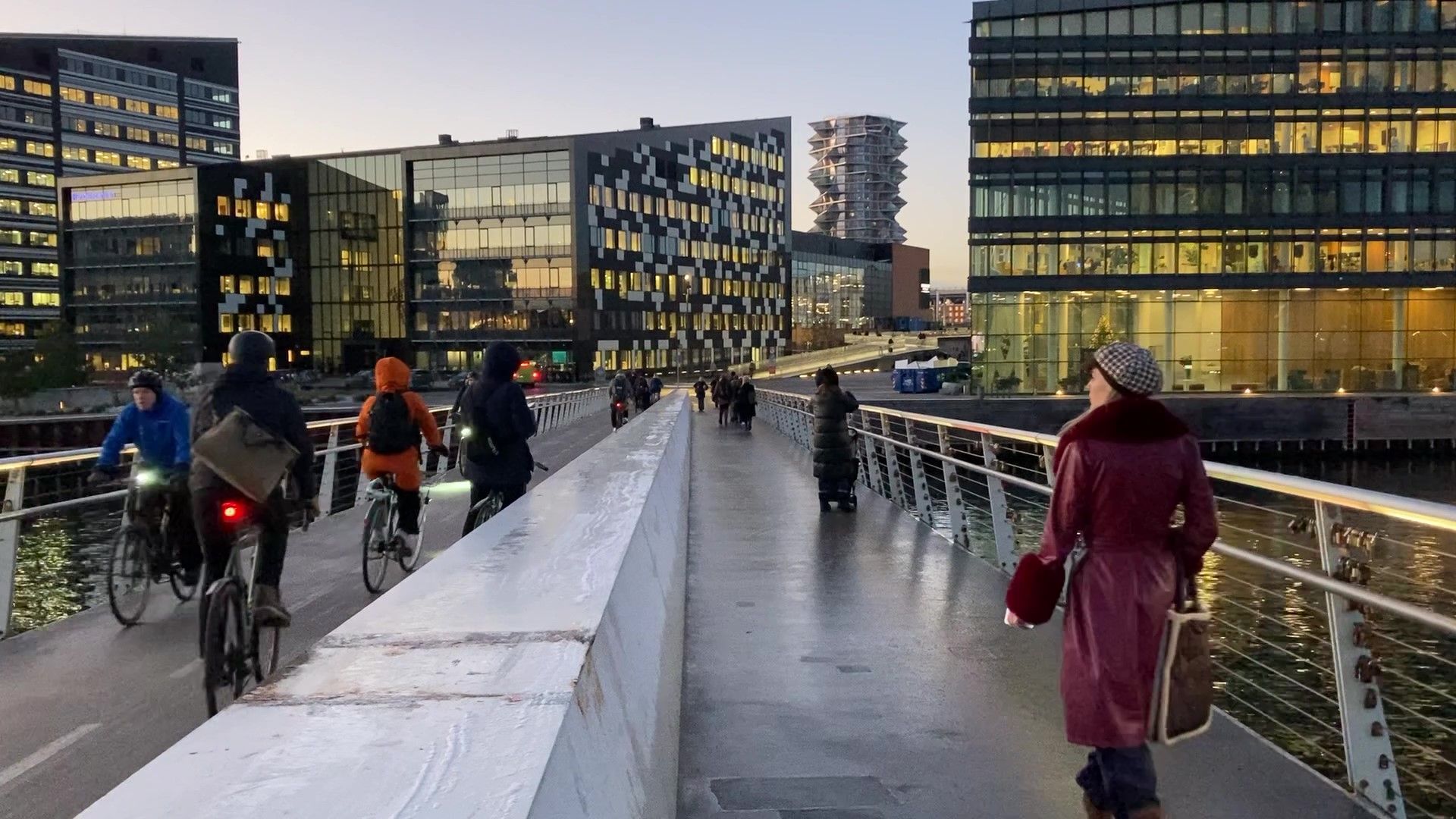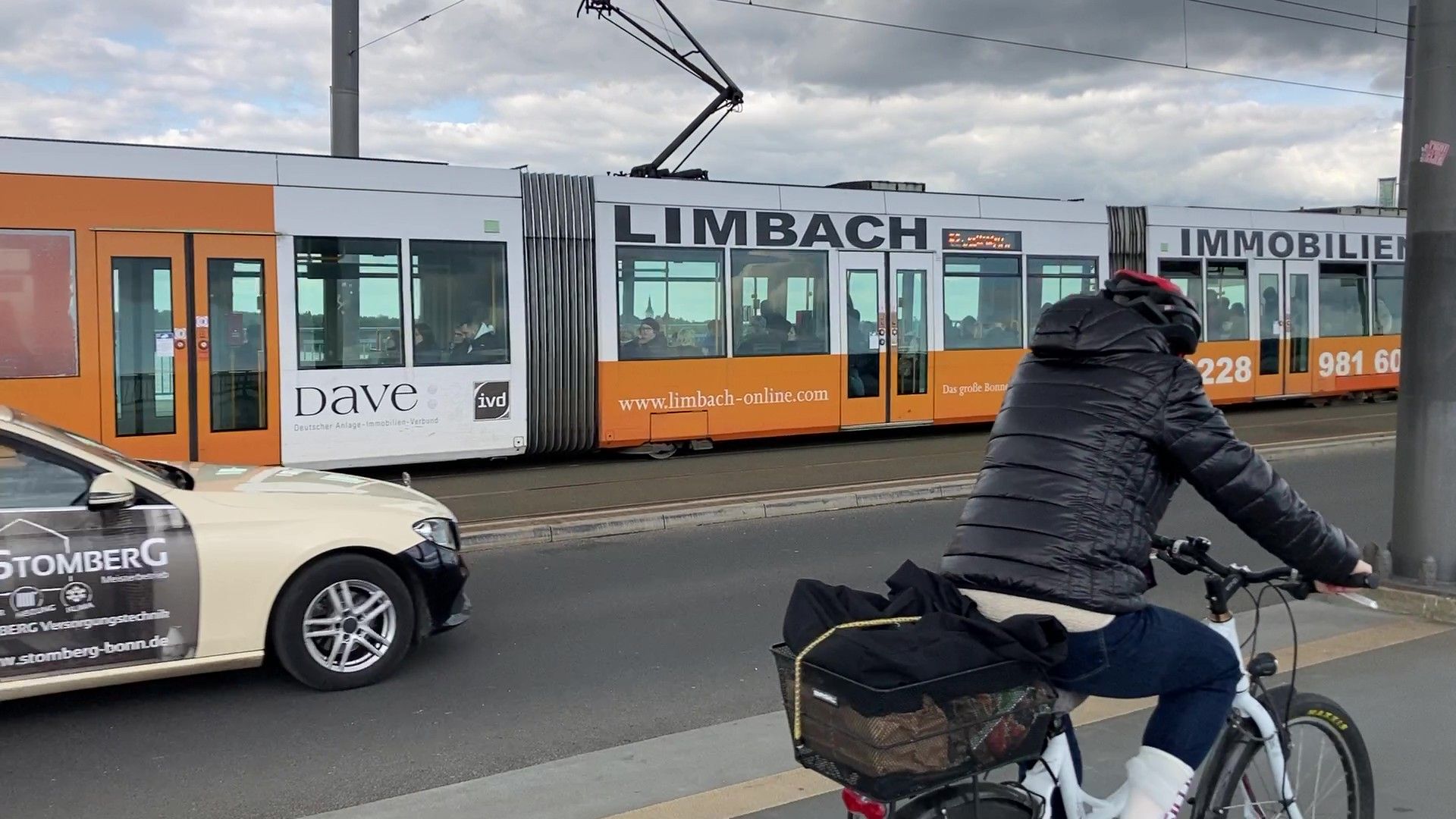Settling a Strategic Urban Accessibility Plan: A Step-by-Step Guide
Settling a Strategic Urban Accessibility Plan: A Step-by-Step Guide

Introduction
Creating a Strategic Urban Accessibility Plan (SUAP) is a crucial undertaking for city planners and urban mobility consultants. This plan aims to ensure that a city's residents can access essential services and facilities conveniently, regardless of their age, gender, or mobility preferences. A well-structured SUAP can enhance the overall quality of life for the city's inhabitants. In this article, we will outline the seven essential steps for settling a SUAP, delving deeper into each stage for a comprehensive understanding.
Step 1: Choose Points of Interest
The first step in developing a Strategic Urban Accessibility Plan is to identify the key Points of Interest (POIs) within the city. These POIs can vary from schools, hospitals, health centers, specific shops, cultural institutions, and more. Selecting the right POIs is essential as they play a fundamental role in determining the accessibility needs of the city's inhabitants. The focus should be on locations that are vital for the daily lives of residents and reflect the city's unique characteristics.
Step 2: Know Your Inhabitants
Accessibility is not a one-size-fits-all concept. It must cater to the diverse needs of the city's inhabitants, including elders, young residents, men, women, and people with different mobility preferences and different desirable points of interest. To accomplish this, you should measure accessibility by mode (walking, cycling, public transport, or a combination of these), by the type of person, also consider the time of day (there is not the same accessibility in rush hour as in off-peak hours), and finally by the Point of interest chosen which can be defined by number, size, etc. Different groups have different mobility capabilities and interests, so that accessibility should be designed to accommodate everyone equally.
Step 3: Ask Questions About Accessibility
To understand the current state of accessibility, ask pertinent and meaningful questions. For example, inquire about the percentage of the population that is more than 15 minutes' walking distance from a health center, or how many older residents are more than 10 minutes' walk from a convenient store, or assess how many young residents are more than 15 minutes' cycling from a university or how many residents are more than 15 minutes away from city offices using public transport. These questions help in pinpointing specific accessibility gaps and inform the development of targeted solutions.
As seen above, the questions accounts for the % of population of interest, a time threshold, a mode of transportation and the point of interest desired and its specifics.
Step 4: Set Goals
Once you have gathered data on the current state of accessibility, it's time to set clear, measurable goals. Goals should be realistic and tailored to the city's unique circumstances. For example, a goal could be to ensure that 90% of the population can reach a health center within 15 minutes by walking. These goals should align with the needs and preferences of the city's inhabitants and serve as a benchmark for progress.
Step 5: Analyze Measures to Improve Networks and Land Use
Analyzing the existing infrastructure and land use is a pivotal step in the SUAP process. Evaluate the transportation networks, public transit systems, road infrastructure, and land use patterns. Identify areas where improvements can be made to enhance accessibility. This may involve changes and improvements to road layouts, pedestrian pathways, cycling infrastructure, and public transport routes, frequencies or service. A detailed analysis will guide the selection of the most suitable measures for enhancing accessibility.
Step 6: Implement Measures
After identifying the necessary measures to improve accessibility, it's time to put these plans into action. This could include upgrading pedestrian walkways, creating bicycle lanes, enhancing public transit services, or redeveloping land use in certain areas. Collaboration with various city departments, local authorities, and transportation agencies is crucial to ensure that these measures are implemented effectively.
Step 7: Assess Your Goals' Performance
Regularly assessing the performance of the accessibility plan is essential. This involves monitoring key metrics and indicators related to the goals set in Step 4. For example, if the 90% accessibility goal to health centers is not achieved, it is necessary to identify the reasons and make adjustments as required. Periodic reviews of the SUAP ensure that the plan remains adaptable to the evolving needs of the city's inhabitants.
Conclusion
Developing a Strategic Urban Accessibility Plan is a complex but necessary process for ensuring that a city's residents can access essential services and facilities conveniently. By following these seven steps, city planners and urban mobility consultants can create a comprehensive and tailored plan that enhances the overall quality of life for all inhabitants, regardless of their age, gender, or mobility and points of interest preferences. Accessibility is a key aspect of urban planning that should always be a priority in creating vibrant, inclusive, and sustainable cities.
Sanvi Consulting helps cities to set an adequate and specific Strategic Urban Accessibility Plan, relying on its expertise and their own software development called UrbanTime Tool to measure Urban Accessibility.






